Sign up for our newsletter!
Your data will be handled in compliance with our privacy policy.
Your data will be handled in compliance with our privacy policy.

An ‘unfair advantage’ is a unique competitive advantage that others cannot match. Do you know what Smoltek's unfair advantage is? Carbon nanofibers? Think again. Or read this light-hearted column to find out what our real unfair advantage is.
Carbon nanofibers are at the heart of our business. They allow us to create ultra-thin capacitors with very high capacitance relative to their volume. They make it possible to offer cell materials for electrolyzers that use only a fraction of the amount of iridium used in conventional PEM electrolyzers. And they are the basis for future innovations and business opportunities.
But…
One and all can make carbon nanofibers.
Okay, that was an exaggeration. Not all. But everyone with the necessary knowledge and equipment can do it. And they are not few.
In light of this revelation, you are right to ask yourself whether you have bet on the right horse. If carbon nanofibers are not unique to Smoltek, what is? What gives Smoltek the edge over its competitors? What is Smoltek’s ‘unfair advantage’ – a unique competitive advantage that competitors simply cannot match?
Well, let me tell you: We own the holy grail. Not the one Indiana Jones sought in The Last Crusade, but the holy grail of our field: a method to place and grow ultra-thin carbon nanofibers precisely on almost any surface, with electric contact between the surface and the fiber.
Rest sure we protected this unfair advantage. We have 80+ approved patents, and counting.
To illustrate the precision with which we control the process, we have created the world’s most miniature topiary garden made of carbon nanofibers. We have grown the tiny fibers to form our logo. (I know, it’s a pretty geeky thing to do, but that’s who we are).
But there is a catch. This garden is so small that you can’t walk in it. In fact, you will need a scanning electron microscope to even see it.
If I may guess, you don’t have a scanning electron microscope lying around. Do you? Luckily we have one, so that we can show you how tiny these guys really are. Just look below.
Note the magnification level at the bottom left. Swipe the image to the left on your phone or tablet or click the right arrow on your computer to zoom in on the highlighted area.
Quite something, isn’t it?
Did you see the hair strand in the first picture? In that image, the magnification is ‘only’ 69✕. In the last image, the magnification is a crazy 50,000✕. Yet the carbon nanofibers look skinny compared to the hair strand in the first image. The hair strand is between 10,000 and 15,000 times thicker than the carbon nanofibers.
It’s hard to grasp the difference just from numbers. An analogy might help.
Imagine you’re a tourist in Paris, strolling around with your trusty guidebook. Mind you, it’s not a hefty brick, just an ordinary guidebook with a few hundred pages.
Now, picture yourself arriving at the base of the Eiffel Tower. All around you, tourists look up in awe. But not you.
You lie on the ground and gently place your closed guidebook before you. Never mind that everyone has stopped looking at the Eiffel Tower and now stares at you. You are not crazy; what you do is perfectly normal.
Now, take a moment to compare the thickness of your book with the towering height of the Eiffel Tower. Right there, you’ll find the same staggering difference in magnitude between the diameter of a carbon nanofiber and a strand of hair.
Do you now appreciate how thin those fellows are?
Great! Then you can see what a huge achievement it is to grow them in such a controlled way that they form our logo. (And don’t forget, with electric contact between the surface and the fiber. An achievement in itself.)
It’s this capability that is our ‘unfair advantage’ – To grow a large number of extremely thin nanofibers, which the current is forced to follow up and down, for each individual fiber. That’s what makes our technology so superior when it comes to shrinking physical surfaces while maintaining electrical properties.
And this is what allow us to solve advanced material engineering problems, such as creating capacitors with very high capacitance in relation to their volume and reducing the need for iridium in PEM electrolyzers.
And it’s this technology, and the business opportunities it opens up, that make Smoltek such an exciting investment opportunity. Don’t you agree?
(By the way, I was not wholly truthful. It’s not normal to lie down on the ground at the Eiffel Tower. Just so you know.)
Your data will be handled in compliance with our privacy policy.
Videos
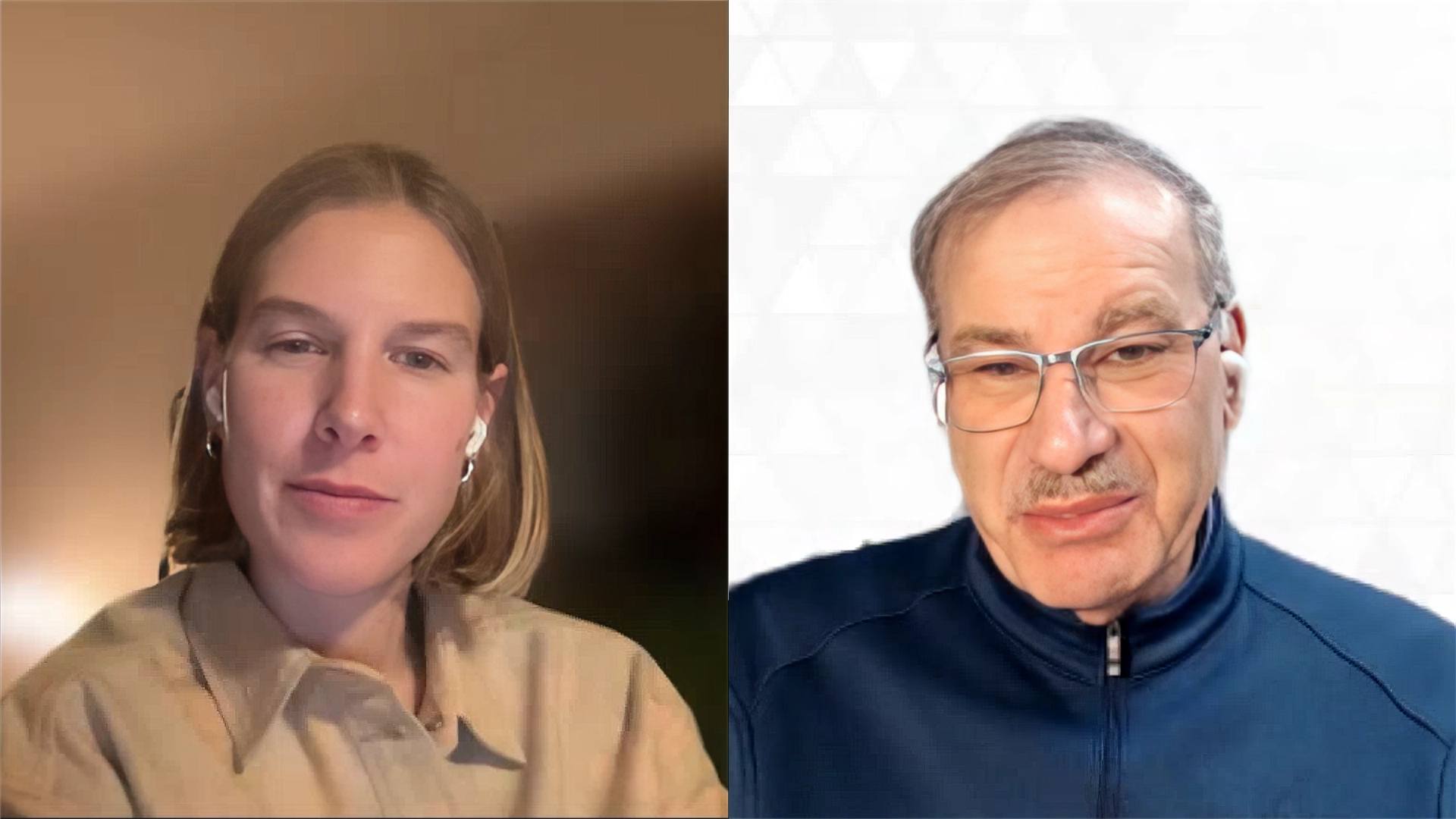
December 10, 2024
Interview with Philip Lessner, CTO of Yageo Group about the rapid development in the capacitor industry, the market evolvement and future technology needs for ultra-thin capacitors. And how CNF-MIM technology fits into this market. This is a follow-up to the interview from earlier this year. Yageo remains interested in Smoltek's CNF-MIM capacitors and sees great potential for using CNF-MIM capacitors in their customer offering.
News
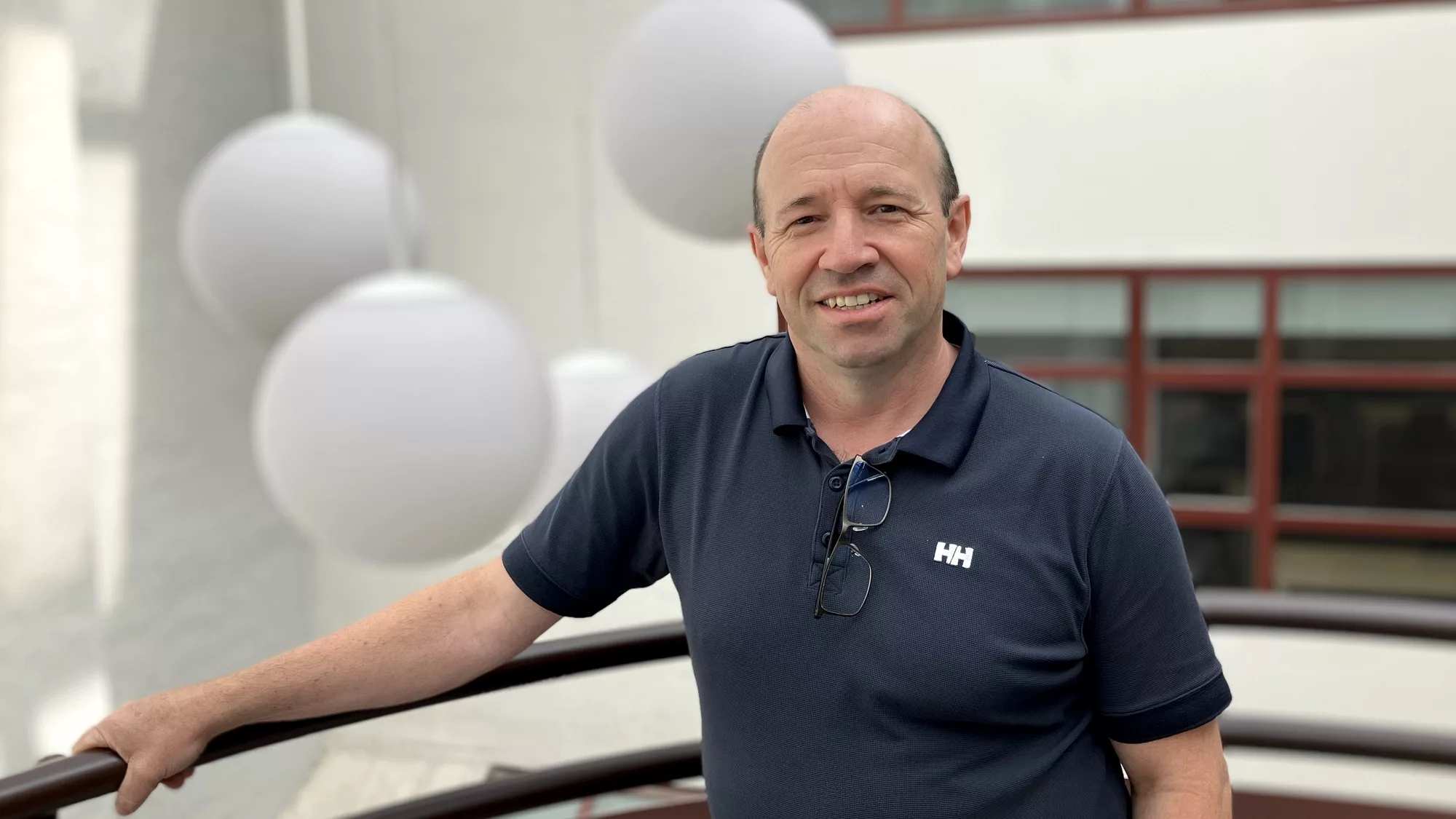
October 15, 2024
Smoltek Hydrogen has received an order to carry out a small preliminary study of a special type of electrochemical cell, adapted for electronic devices. This could open new business opportunities for Smoltek.
News
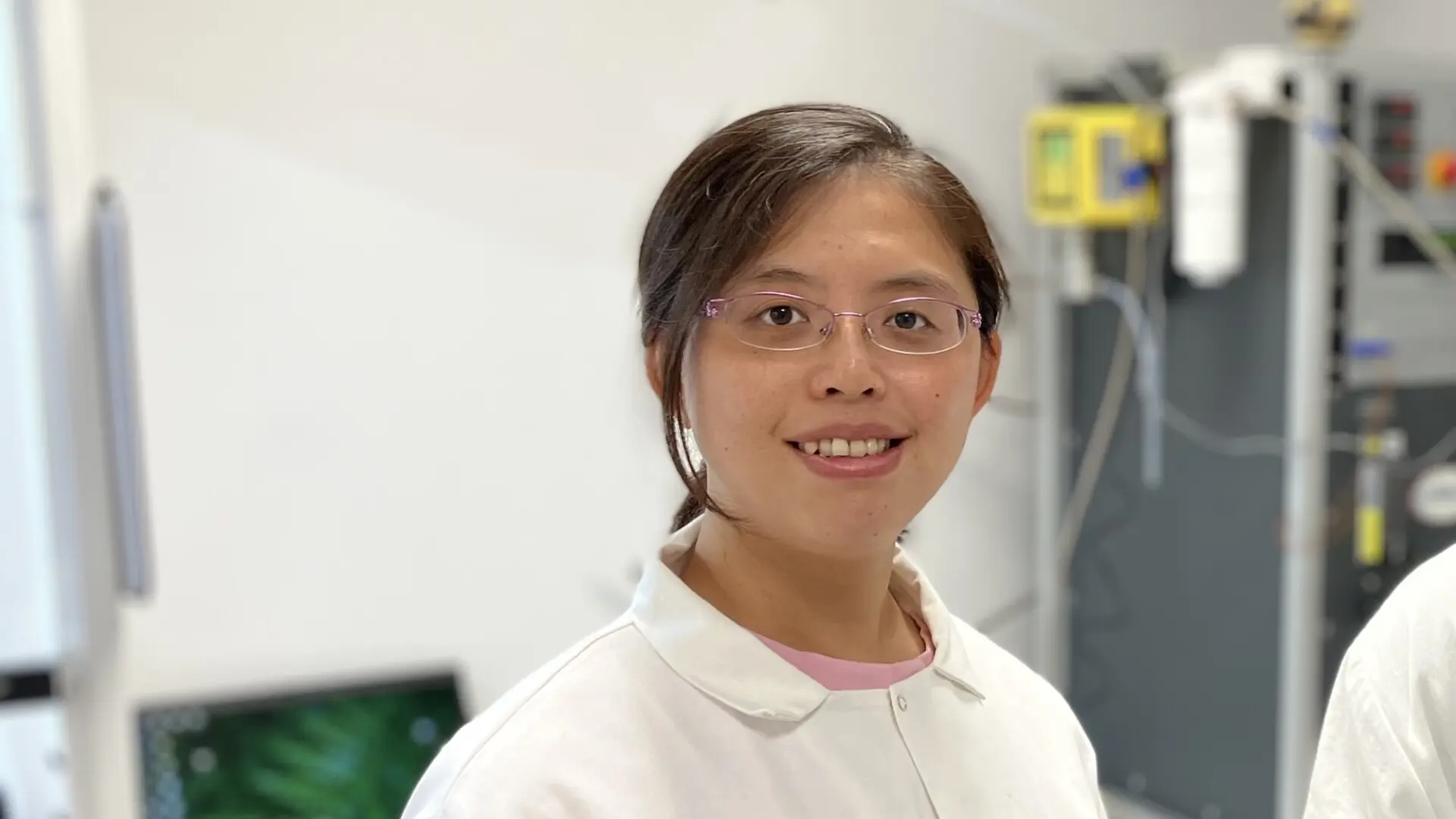
September 13, 2024
Smoltek is a Gothenburg-based materials technology company that specializes in research and development of applications based on carbon nanofibers, which can create new products with revolutionary properties.
News
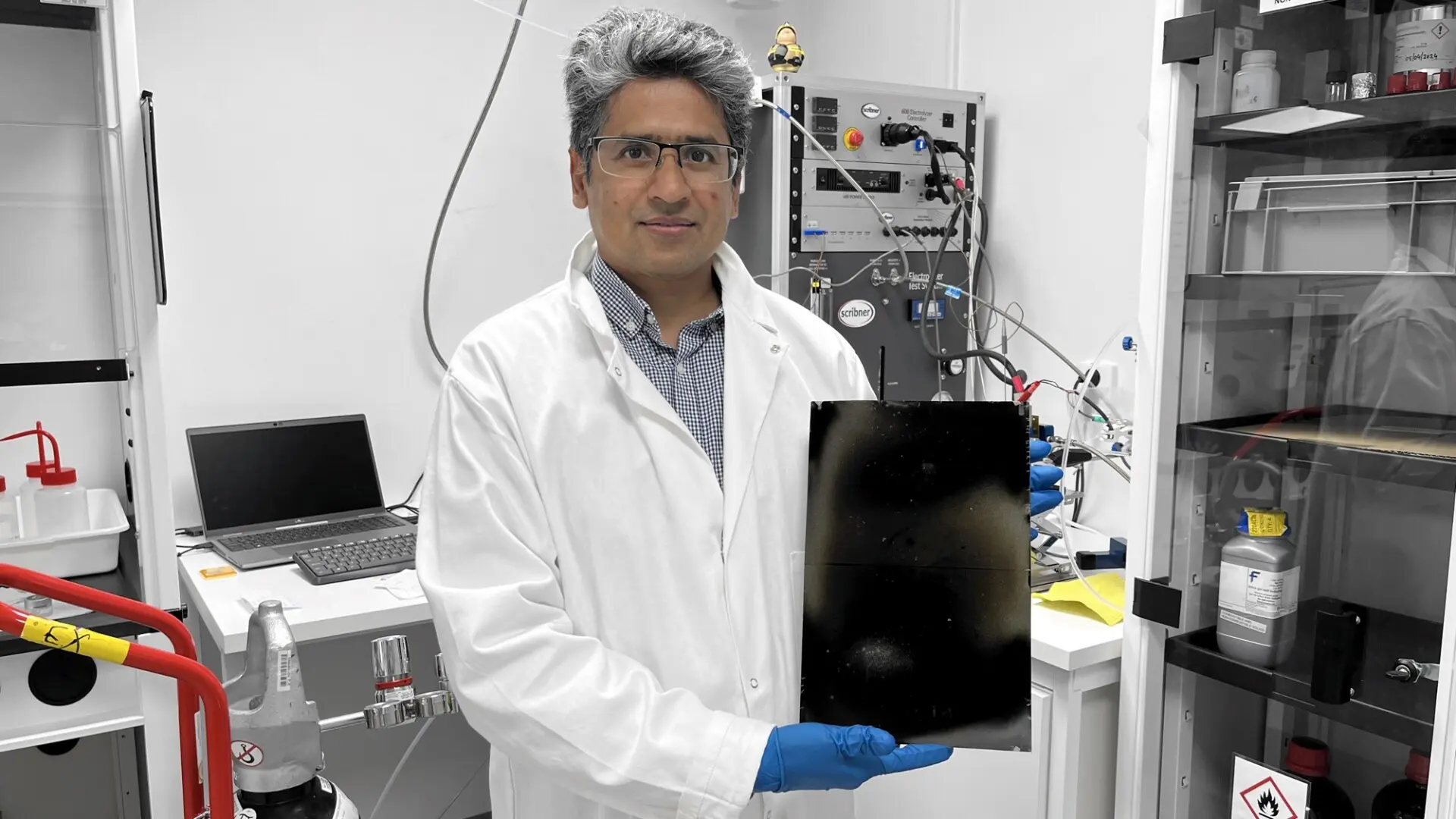
September 3, 2024
Smoltek Hydrogen has made a significant technological breakthrough. The R&D team has successfully grown carbon nanofibers (CNFs) over an A4-sized area, marking the first time such a large CNF-covered material sample has been fabricated. This breakthrough is a crucial step towards industrial scalability of carbon nanofiber coating, which is a key step in developing the porous transport electrode for PEM electrolyzers and similar solutions for fuel cells being developed by Smoltek Hydrogen.
News
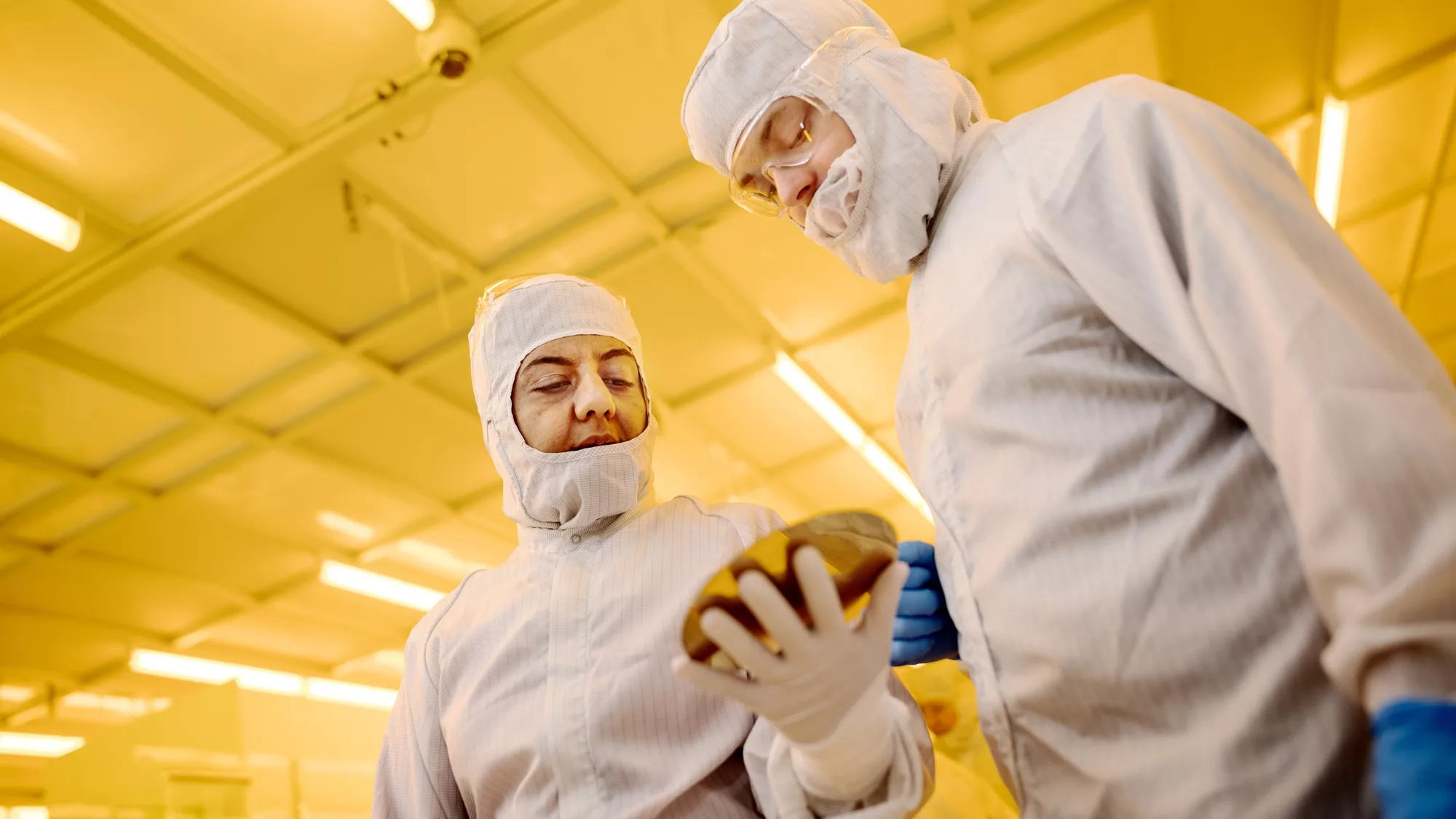
August 12, 2024
Smoltek's CNF-MIM technology offers a competitive alternative to silicon capacitors for ultra-thin high-performance capacitors used in processors for mobile phones and computers. The next-generation capacitors, Gen-One, is planned to be completed by the end of 2024, matching competitors in performance with an exceptionally thin form factor. The strategic objective is to pair up with a financially strong partner for the industrialization and commercialization of the capacitors.
News
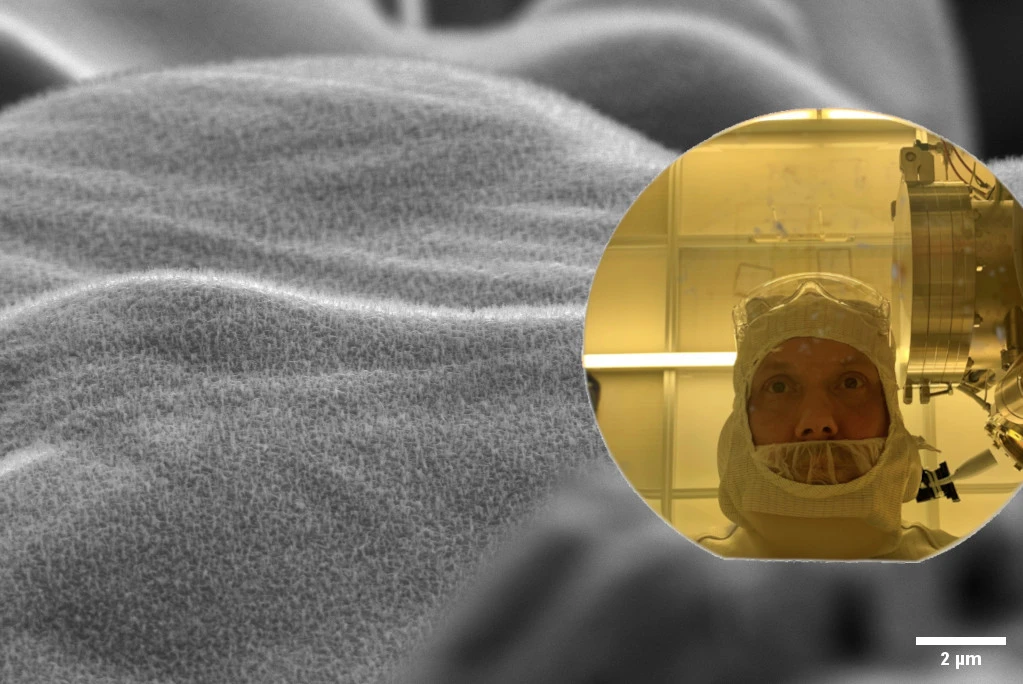
June 28, 2024
During the spring, we have had John Schack, a master’s thesis student, with us at Smoltek Hydrogen who has been working on the synthesis of carbon nanofibers (CNF) – where we have adjusted the growth recipe to use hydrogen as input instead of ammonia.